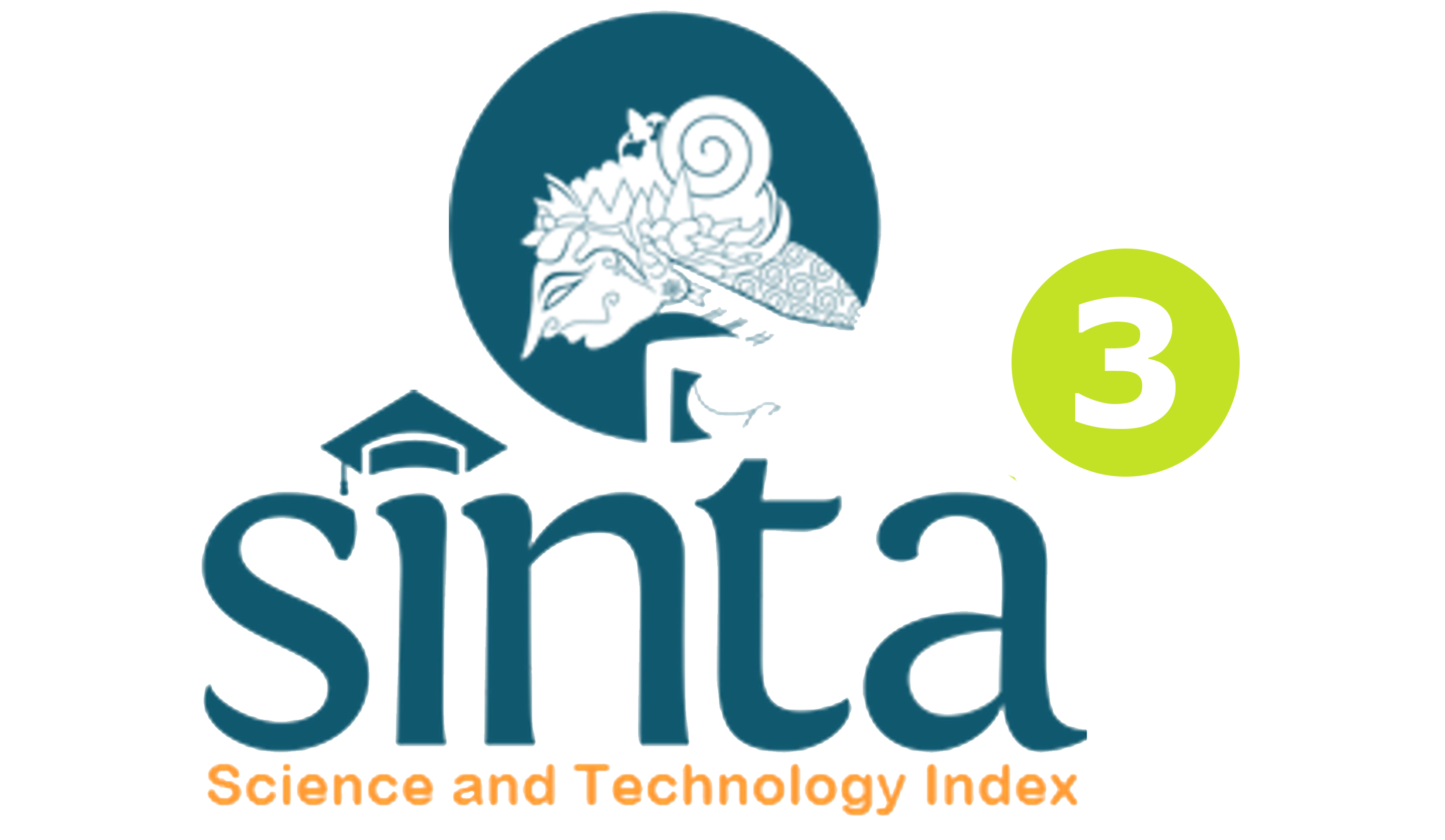PENERAPAN MODEL KONSELING RASIONAL EMOTIF UNTUK MENINGKATKAN SELF CONFIDENCE PADA SISWA KELAS VII A DI SMP NEGERI 3 SINGARAJA TAHUN PELAJARAN 2013/2014
DOI:
https://doi.org/10.23887/jibk.v2i1.4285Abstract
Tujuan Penelitian ini untuk mengetahui pengaruh penerapan konseling rasional emotif terhadap peningkatan self confidence siswa kelas VII A SMP Negeri 3 Singaraja tahun pelajaran 2013/2014. Penelitian ini merupakan Penelitian Tindakan Layanan Bimbingan Konseling. Subjek penelitian ini sebanyak 39 orang siswa kelas VII A SMP Negeri 3 Singaraja tahun pelajaran 2013/2014 yang memiliki self confidence yang rendah. Penelitian dilaksanakan dengan prosedur penelitian dilaksanakan dalam dua siklus, dan setiap siklus terdiri dari tahap identifikasi, diagnosis, prognosis, konseling, evaluasi, dan refleksi. Metode pengumpulan data yang digunakan observasi dan kuesioner. Data yang diperoleh dari responden diolah dengan analisis deskriptif. Hasil penelitian menunjukan bahwa penerapan konseling rasional emotif efektif meningkatkan self confidence siswa kelas VII A di SMP N 3 Singaraja tahun pelajaran 2013/2014. Hal ini dapat dilihat dari peningkatan self confidence siswa dari data awal, siklus I, dan siklus II dengan kriteria keberhasilan 65%. Data awal sebelum tindakan diperoleh rata-rata pencapaian self confidence terhadap 6 siswa dalam kategori rendah. Pada siklus I terjadi peningkatan dengan rata-rata 21,78% dengan kategori sedang. Pada siklus II terjadi peningkatan dengan rata-rata 21,33% dengan kategori tinggi. Hasil penelitian ini menunjukan bahwa penerapan model konseling rasional emotif efektif untuk meningkatkan self confidence siswa kelas VII A SMP N 3 Singaraja. Semakin rasional pemikiran siswa maka semakin meningkat self confidence yang dimiliki siswa.Kata Kunci : konseling rasional emotif, self confidence
This study aimed to find out the implementation of rational emotive counseling toward the improvement of students self confidence in class VII A at SMP Negeri 3 Singaraja in academic year 2013/2014 which focused on the student with low self confidence. The method of this study was action research guidance counseling. The method was services which the procedure was conducted in two cycles, and each cycle contained of identification, diagnose, prognose, counseling, evaluation, and reflection. The method in data collection used was observation and questionnaire. The data found from the respondent was analyzed through descriptive analysis. The result of research show that the integration of rational emotive is effective increase students self confidence in VII A at SMP N 3 Singaraja in academic year 2013/2014. This prove can be seen from the first data, cycle I, and cycle II shows 65% successful criteria. Preliminary data before action was the average of self confidence of 6 students was 43,55% with low category. In cycle I, the average of the improvement was 21,78% with medium category. In cycle II, the average of the improvement was 21,33% with high category. The result of this study was implementation of rational emotive effective to the improvement of students self confidence in class VII A at SMP N 3 Singaraja. More rational students though more increase students confidence.
keyword : counseling rational emotive, self confidence
Published
Issue
Section
License
Jurnal Ilmiah Bimbingan Konseling Undiksha is an Open Access Journal. The authors who publish the manuscript in this journal agree to the following terms:
JIBK is licensed under a Creative Commons Attribution 4.0 International License. This permits anyone to copy, redistribute, remix, transmit and adapt the work provided the original work and source is appropriately cited.
This means:
Jurnal Ilmiah Bimbingan Konseling is licensed under a Creative Commons Attribution 4.0 International License.
(1) Under the CC-BY license, authors retain ownership of the copyright for their article, but authors grant others permission to use the content of publications in JIBK in whole or in part provided that the original work is properly cited. Users (redistributors) of JIBK are required to cite the original source, including the author's names, JIBK as the initial source of publication, year of publication, volume number, issue, and Digital Object Identifier (DOI); (2) The authors are the copyright owner of the article, and the author grants the JIBK held the first publication right.









.png)

.jpg)
